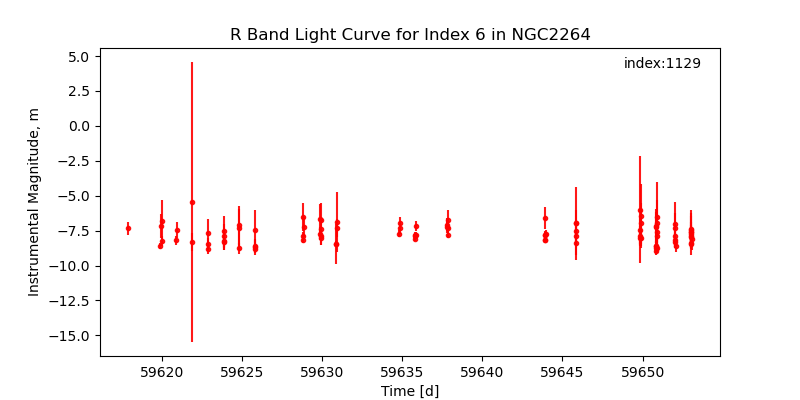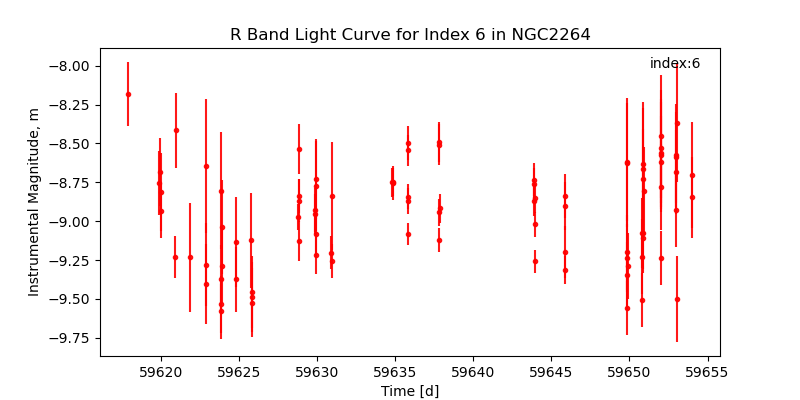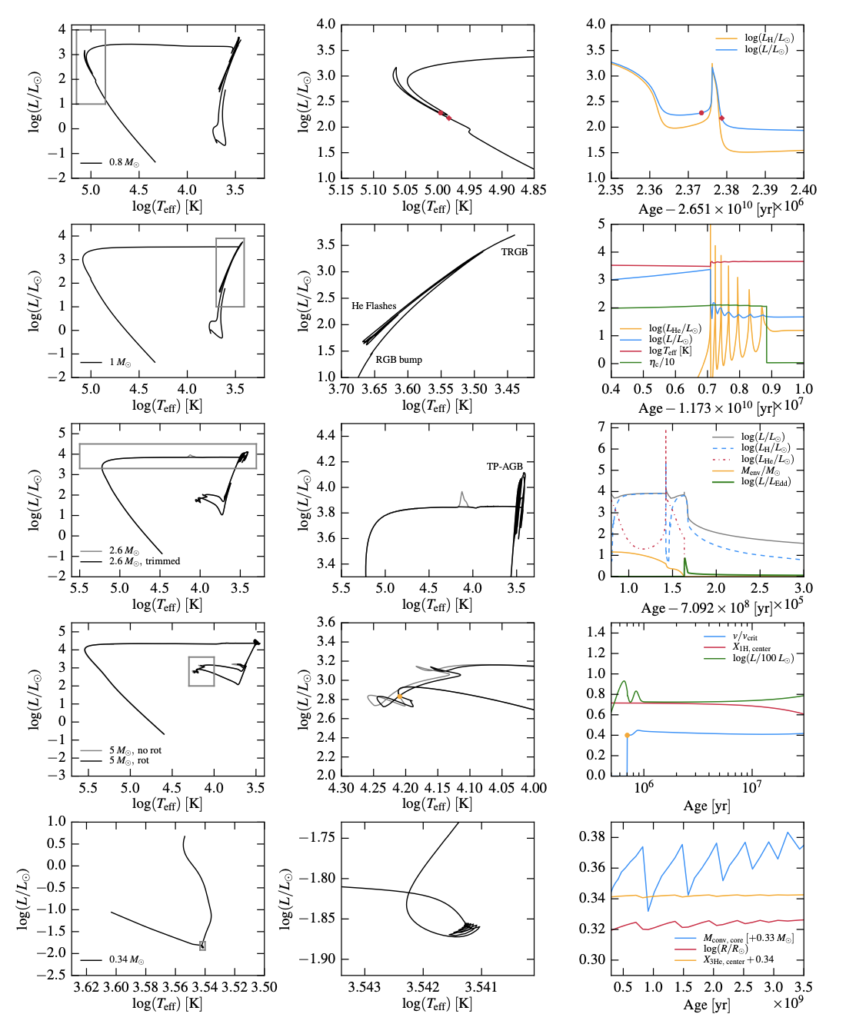What I worked on This Week
I divided my time this week between my individual code pipeline that I submitted for the code check in and project work for our poster and eventual isochrone fitting pipeline. I completed my light curve code and created a very short set of commands to sort, calibrate, and stack all of our nights of data, then to automatically calculate photometry from a dictionary of input values, and finally assemble those values into a single table where I could generate light curves. This week was the first time I ran my code on all the data at once, and it worked quite well. Below are some of the light curves I generated.


I also spent some time discussing poster details with my group members and going over old posters to get a better sense of what a strong poster should look like. I have only made one final poster (last summer) as my poster for AAS never got to see the light of day. I am happy with our draft so far and am excited to finalize it over the next few days.
Our Poster
In more detail, our poster is coming along nicely so far. We worked on it quite a bit towards the end of class last week and have all been contributing to it over the past few days. Cat and Meredith jumped on near the beginning and have put in a lot of work in the initial writing stage, and I have been filling in holes and pouring over their work in the days since. I am very happy with our outline so far and am excited to fill in some of the final plots for our poster as we generate them.
To that end, I think the biggest contributions I or any of us can make now are working through enough of the project material to generate nice looking graphics for the final poster. We know what images we will want and have a pretty good idea of the shape of those graphs, but the actual generation and then the detail oriented process of making them look nice is the next element that I want to work on.
My Paper
This week I chose to read the successor paper to the last MIST paper that I read. This one delved a bit deeper into how we would actually approach generating and fitting the isochrones as we prepare the concluding weeks of our project.

My biggest takeaway so far from the paper is a more detailed walkthrough of the actual generation process. It was covered somewhat in the earlier papers, but it was quite helpful to see the process described in a secondary manner. I also have a much better understanding now of how the actual interpolation math works and think I should be able to avoid some of the more nuanced pitfalls that they mention could be sources of error throughout the paper.
Finally, it is worth mentioning that some of the analysis that the paper provides pertains to very high mass stars M>>1 solar mass. While this specific analysis doesn’t apply to any of our work, it is helpful for us to compare their reasoning with our own to better understand how one would work through this sort of problem.